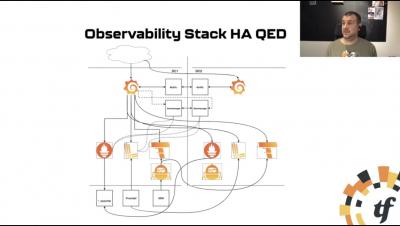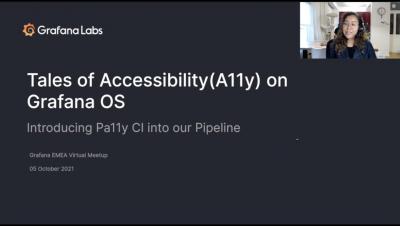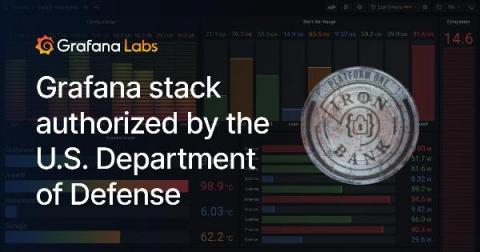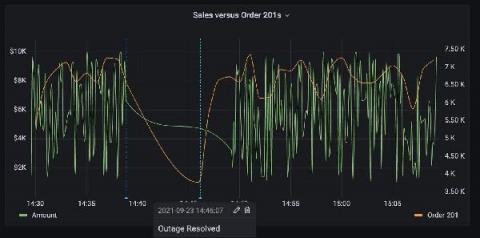New in Grafana 8.2: Test contact points for alerts before they fire
Grafana 8.2 was released last week, and we’re excited to announce one of its new features: contact point testing. Now users of Grafana 8 alerting can test their contact points right from the contact points page. This feature makes it easier to configure Grafana 8 alerting and gives you the confidence in knowing that your contact points are working as expected before they fire. Here are the basics.











